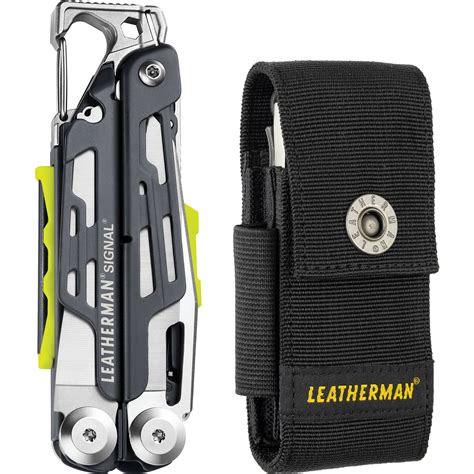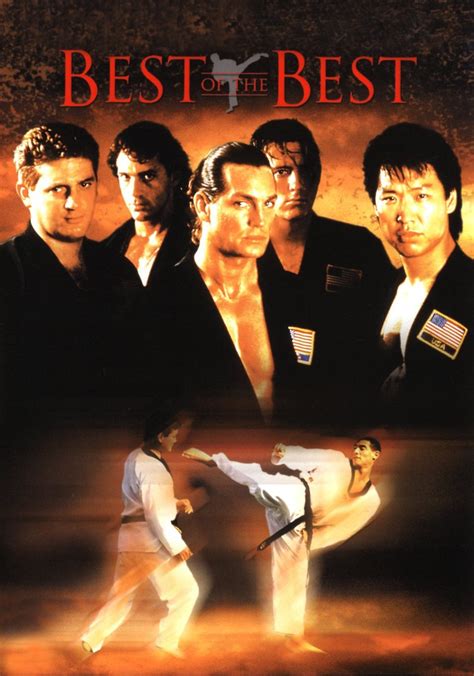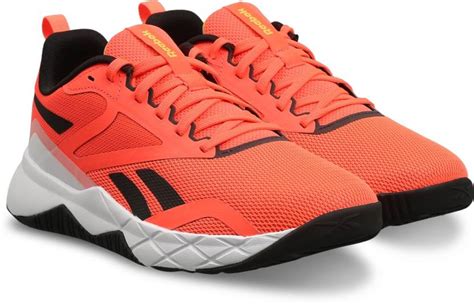The Pivotal Plier Head: Tailoring Your Multi-Tool to Outdoor Needs
For any man venturing into the wilderness, be it for a weekend camping trip, a challenging hike, a serene fishing excursion, or critical survival scenarios, a reliable multi-tool is an indispensable companion. While these pocket-sized workshops offer an array of functions, the plier head often serves as the central workhorse. The choice between needle-nose, regular (standard), or blunt-nose pliers isn’t just a matter of preference; it’s a strategic decision that profoundly impacts the tool’s utility in various outdoor contexts.

Needle-Nose Pliers: Precision and Delicacy
Needle-nose pliers are characterized by their long, tapering jaws, culminating in fine, pointed tips. They are the go-to option when precision is paramount. Think about intricate tasks where a standard plier would be too cumbersome.
- Pros: Excellent for gripping small objects, reaching into tight spaces, bending fine wires, and tasks requiring high dexterity. Their precision is unmatched for retrieving splinters, unhooking fish, or performing delicate equipment repairs.
- Cons: Generally less robust and prone to bending or breaking when subjected to heavy twisting or powerful gripping tasks. Their smaller surface area means less overall grip strength on larger items.
- Prioritization For: Anglers, electronics enthusiasts, model makers, or anyone whose primary outdoor activities frequently involve intricate work or dealing with small, delicate components.
Regular (Standard) Pliers: The Versatile All-Rounder
Regular or standard pliers feature a broader, more robust jaw than needle-nose, often with a slight taper but maintaining a good surface area. These are arguably the most common and versatile plier heads found on multi-tools.
- Pros: A balanced blend of grip strength and moderate precision. They excel at general-purpose tasks like gripping nuts and bolts, cutting wires, pulling stubborn tent stakes, or tightening loose screws. They offer good all-around utility for a wide range of tasks encountered in the outdoors.
- Cons: While good at many things, they aren’t specialized. They lack the fine precision of needle-nose and the brute strength of blunt-nose.
- Prioritization For: General campers, hikers, DIY enthusiasts, or individuals who need a multi-tool for a broad spectrum of everyday outdoor tasks without a specific specialization.

Blunt-Nose (Flat-Nose) Pliers: Power and Grip
Blunt-nose pliers, sometimes referred to as flat-nose, feature broad, flat, and robust jaws. They are built for power and maximum gripping surface rather than precision.
- Pros: Offer superior gripping power and torque for heavy-duty tasks. Excellent for firmly grasping larger objects, twisting stiff wires, bending thicker metals, or dealing with stubborn fasteners. Their sturdy construction makes them more resistant to damage under high stress.
- Cons: Lack any significant precision, making them unsuitable for small or delicate tasks. Their bulkier head can also prevent access to confined spaces.
- Prioritization For: Survivalists, bushcrafters, construction workers, or individuals who anticipate heavy-duty repairs, twisting, and gripping tasks where sheer force is more important than finesse.

Making Your Choice: The “Why” Behind Prioritization
The “why” behind prioritizing a specific plier head stems directly from your most common and critical outdoor activities:
- If you’re a serious angler, retrieving swallowed hooks from fish or repairing intricate fishing tackle will make needle-nose pliers your MVP. Their fine tips are indispensable for delicate work that could otherwise damage your catch or your gear.
- For the weekend warrior or casual camper, regular pliers offer the best balance. You’ll likely encounter a mix of tasks, from tightening a loose screw on a camp stove to pulling a tent peg or cutting a piece of cordage. The regular plier’s versatility ensures you’re prepared for most eventualities.
- When robust utility is paramount, such as in a survival situation, a blunt-nose plier can be invaluable. It provides the strength needed for tasks like breaking apart small branches, twisting heavy gauge wire for traps, or firmly gripping materials that require significant leverage.

Conclusion: Aligning Tool with Task
Ultimately, the best plier head for your men’s outdoor multi-tool isn’t universally fixed; it’s deeply personal and context-dependent. Prioritize the plier type that directly addresses the most challenging, frequent, or critical tasks you anticipate facing in your outdoor adventures. Reflect on your typical activities: are they precision-focused, broadly utilitarian, or heavy-duty and strength-oriented? Your answer will guide you to the multi-tool that truly enhances your outdoor experience and preparedness.





